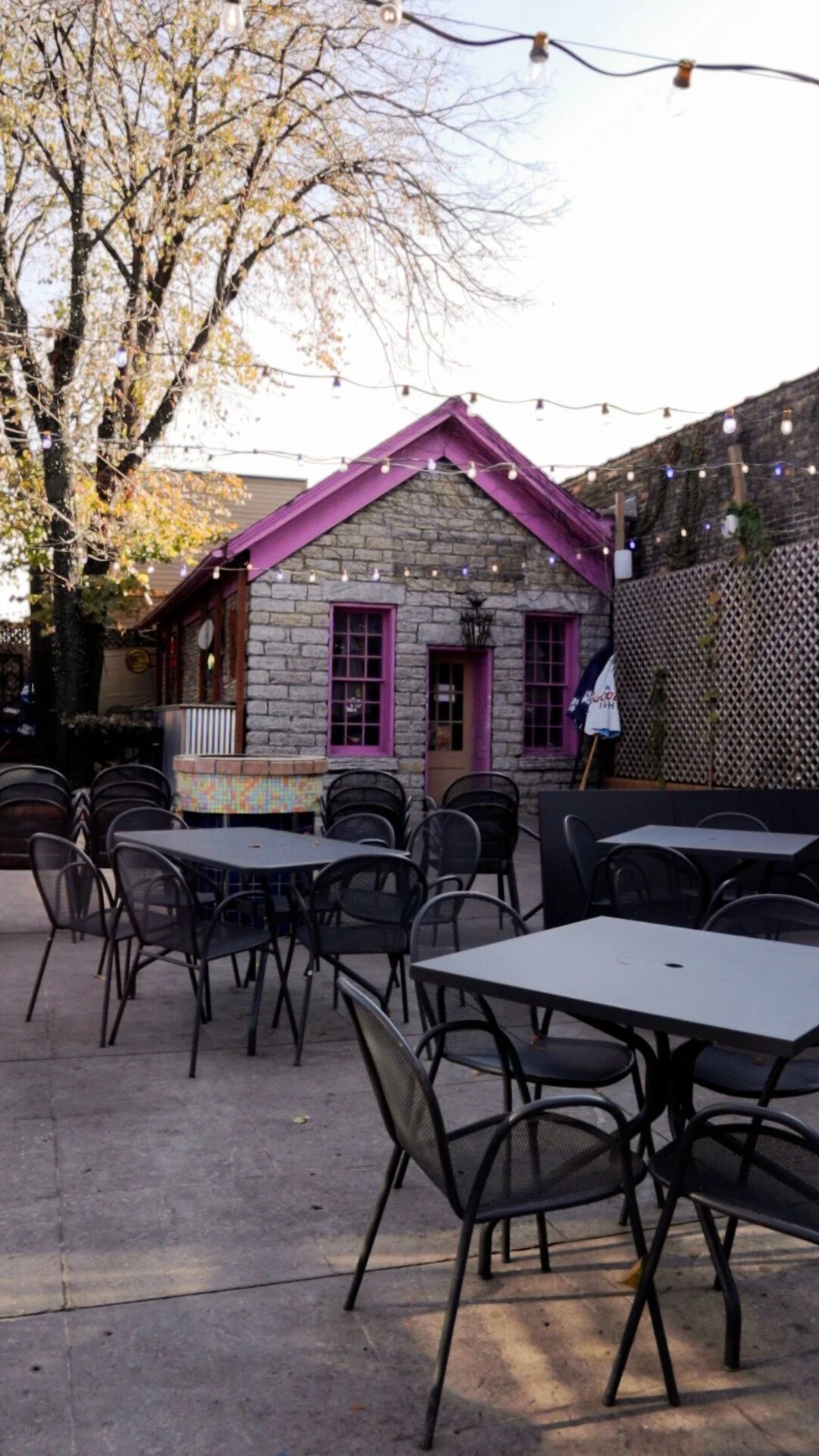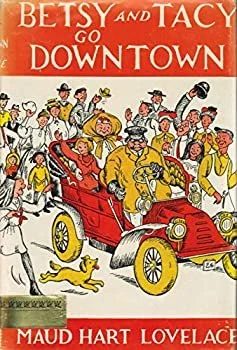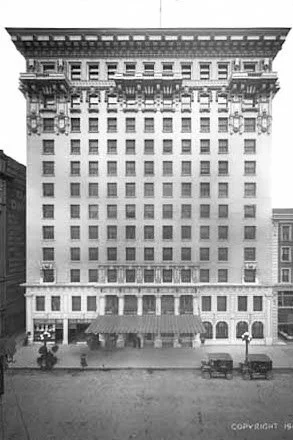Motel Momentum
From the 1920s through the 1960s, Motels (or motor hotels) blossomed across the country. Evolving from collections of what we would today call “tiny houses” to the “motor courts” we recognize today, motel owners capitalized on the car culture that embraced the nation. Family road trips were all the rage as the highway system expanded from coast to coast and cars became more affordable. Older hotels were at a disadvantage because their hastily added parking garages forced vacationers to walk blocks to their rooms - which to these new travelers felt unsafe and inconvenient.
Motels created one of a kind experiences with location-based themes and modern architecture. In many cases motels were the first place that travelers watched a color tv, stepped on shag carpeting, or dove into a pool with a carpeted deck just outside their room.
Soon, motels had spread from the countryside and suburbs right into the cities. In Minneapolis there was the Concord downtown, Fair Oaks Motor Hotel near the Minneapolis Institute of Art, or the Gopher Campus Motel near the University of Minnesota, to name a few.
The Leamington Motor Inn became known worldwide after it hosted the Beatles in 1965. Built on the site of the old Metropole Hotel but demolished in 2008, the motel was replaced with the Leamington Parking Ramp.
The Normandy Inn is the only downtown motel to survive, partially because it’s part hotel. The kitschy faux-French facade was added in the 1960s, but the Normandy Hotel has been around since 1925. The exterior hasn’t changed in decades, but the management has remodeled the interior over the years and the restaurant, the Normandy Kitchen & Bar, is considered a classic - known for their french cuisine and enormous popovers.
Sooner than anyone expected, the motel age ended. Freeways and Interstates sent traffic in new directions and the motels found themselves “off the beaten path”. Business was also siphoned off by a new range of “mid-priced” chain hotels that all looked exactly the same across the country, offering the comfort of predictability to anxious travelers. (Movies like “Psycho” didn’t help either). The motel boom went bust. Desperate to keep their businesses alive, managers started accepting a more ‘questionable clientele’ leading to the widespread nickname: No-Tell Motel.
The Survivors
Two motels in South Minneapolis have survived longer than most. When the Aqua City Motel and the Metro Inn Motel (then the Boulevard Motel) were first built on the side of Highway 65, the two-lane road ran all the way from Vidalia, Louisiana to McGregor, Minnesota. It was the perfect route for anyone heading to the North Woods. The section of highway from Burnsville to downtown Minneapolis followed Lyndale Avenue and the two motels were a perfect stopping point as weary drivers reached “the city”.
But in 1958, construction of Interstate 35W rerouted traffic around downtown and the two motels ended up on a quirky stretch of Lyndale that is awkwardly hidden in the curve of the highway’s off ramp. The businesses limped on, hanging onto a slight monopoly since there are no other hotel accommodations in the neighborhood.
By the 90s, the clientele had changed from traveling families to traveling construction workers, truck drivers, or salespeople only in town for a few days and living on a tight budget. In their heyday, a family who owned a motel could save on costs and upkeep with a DIY attitude and a little elbow grease. A new generation of motel owners, not as interested in the “hands on” approach, were increasingly unable to find workers to take on the 24/7 lifestyle of running a small operation. Costs began to rise as they needed to hire housekeepers and groundskeepers, managers and maintenance staff. Aging buildings needed upgrades, too.
For a tiny boost in income, the owners of the struggling Metro Inn and Aqua City motels started taking vouchers from the county providing overnight stays when the homeless shelters were full. Even though only a maximum of four rooms out of the motels’ combined 67 rooms were available for vouchers and only to families, some neighbors and city politicians were uncomfortable with the arrangement. Police at the time assured neighbors at a community meeting that they were not seeing an increase in crime in the neighborhood, new regulations were instituted requiring motel guests to show identification and for the owners to keep a list of problem guests. The Mandan family, who had owned the motels for nearly two decades, were eventually forced to sell. It was the beginning of the end.
Report from a community meeting expressing concern about the motels
By 2002, the crime that police said neighbors were imagining had become very real. Complaints about robberies, drugs and prostitution were growing. Talk of the city buying the motels or rezoning the land were going from rumors to reality.
The new owners, two brothers who lived onsite with their families, added even more safety measures, including hiring a security company on call 24 hours a day and installing security cameras. Neighbors continued to complain about litter, abandoned cars and people approaching them asking for cigarettes.
Another round of complaints from neighbors came in 2012 and even though officials said the motels’ management was a vast improvement over a decade prior, it still wasn’t great. The motel owners expressed their frustration at being blamed for actions committed by residents of a nearby half-way house and apartment buildings.
In 2015, city regulators added new conditions to the motels’ licenses. They would be required to hire off-duty officers to work as security on weekend nights. The motels saw a final influx of cash in 2018 when Minneapolis hosted the Super Bowl. Rooms in the motels were sold for $450 to $800 per night, but guests still reported used syringes, blood stains, clogged toilets and more.
Finally, in 2020, the city recommended not renewing the motels’ licenses and the owners knew it was time to sell. A deal to buy the Metro Inn and replace it with a 5-story senior housing project that same year fell through. Aqua City had a deal to be bought and renovated, but that deal fell through as well.
Then the COVID-19 Pandemic hit and through a twist of government funding, the city of Minneapolis and Hennepin County bought both of the motels using money from the CARES Act. Instead of leasing hotel rooms when the shelters are full, owning the two motels will allow the county to have more flexibility and keep costs down. The rooms will be renovated and used as single-room occupancy (SRO) housing, which typically means that a tenant rents a single room and shares amenities like a kitchen to reduce overhead.
Drone Video Footage of the Aqua City Motel and the Metro Inn Motel, 2022
Until the renovations are begun, the motels are boarded up and empty, hibernating through the winter. Hopefully, they will be ready to welcome new residents in the fall of 2023.























